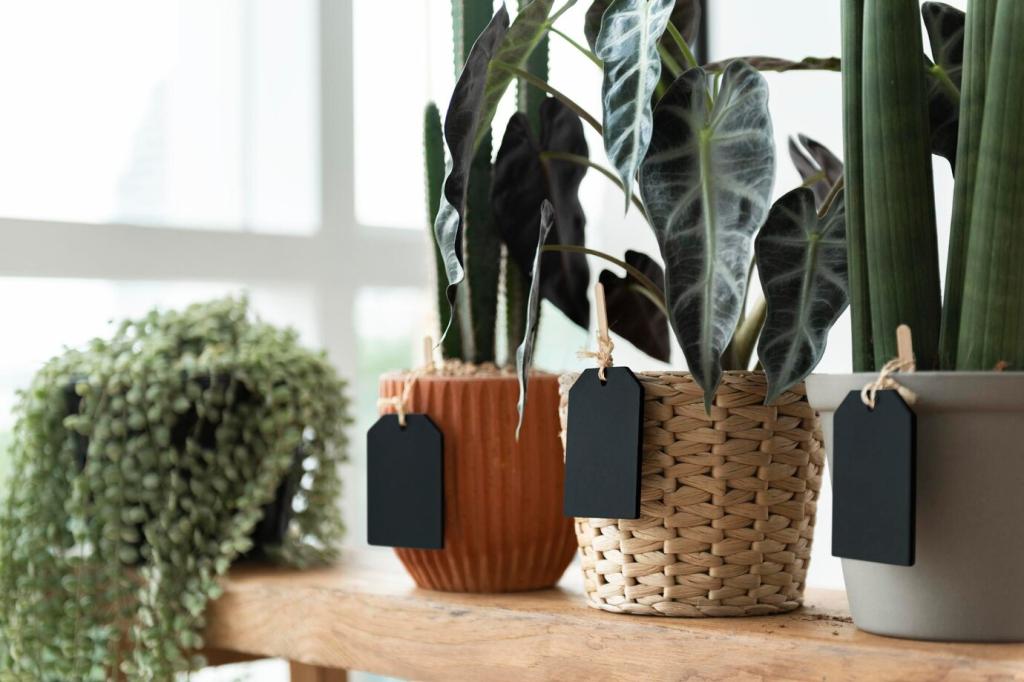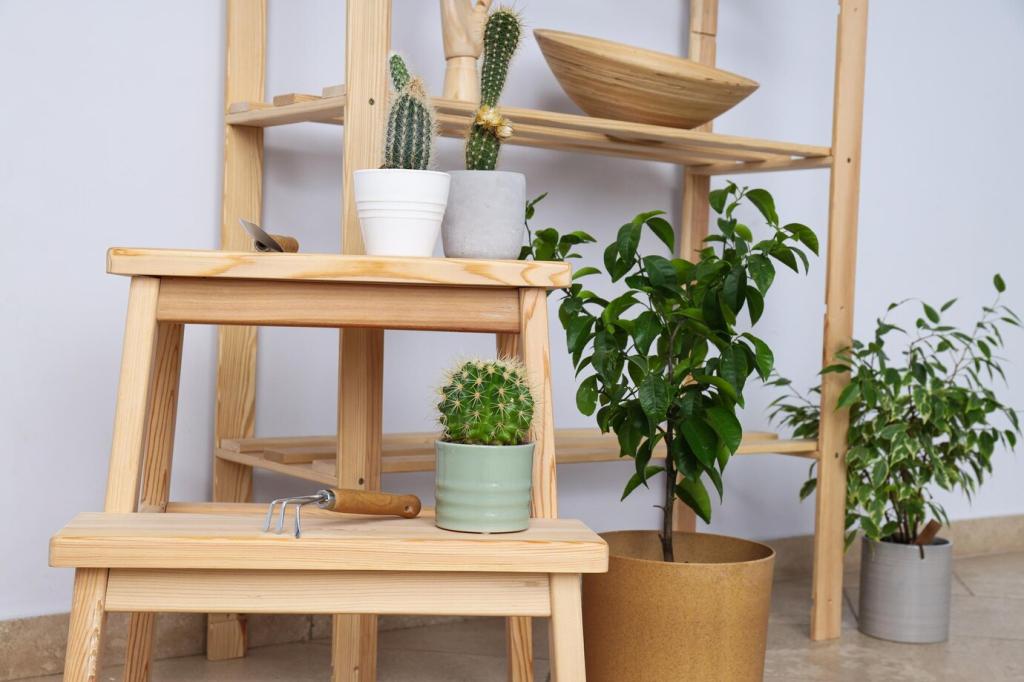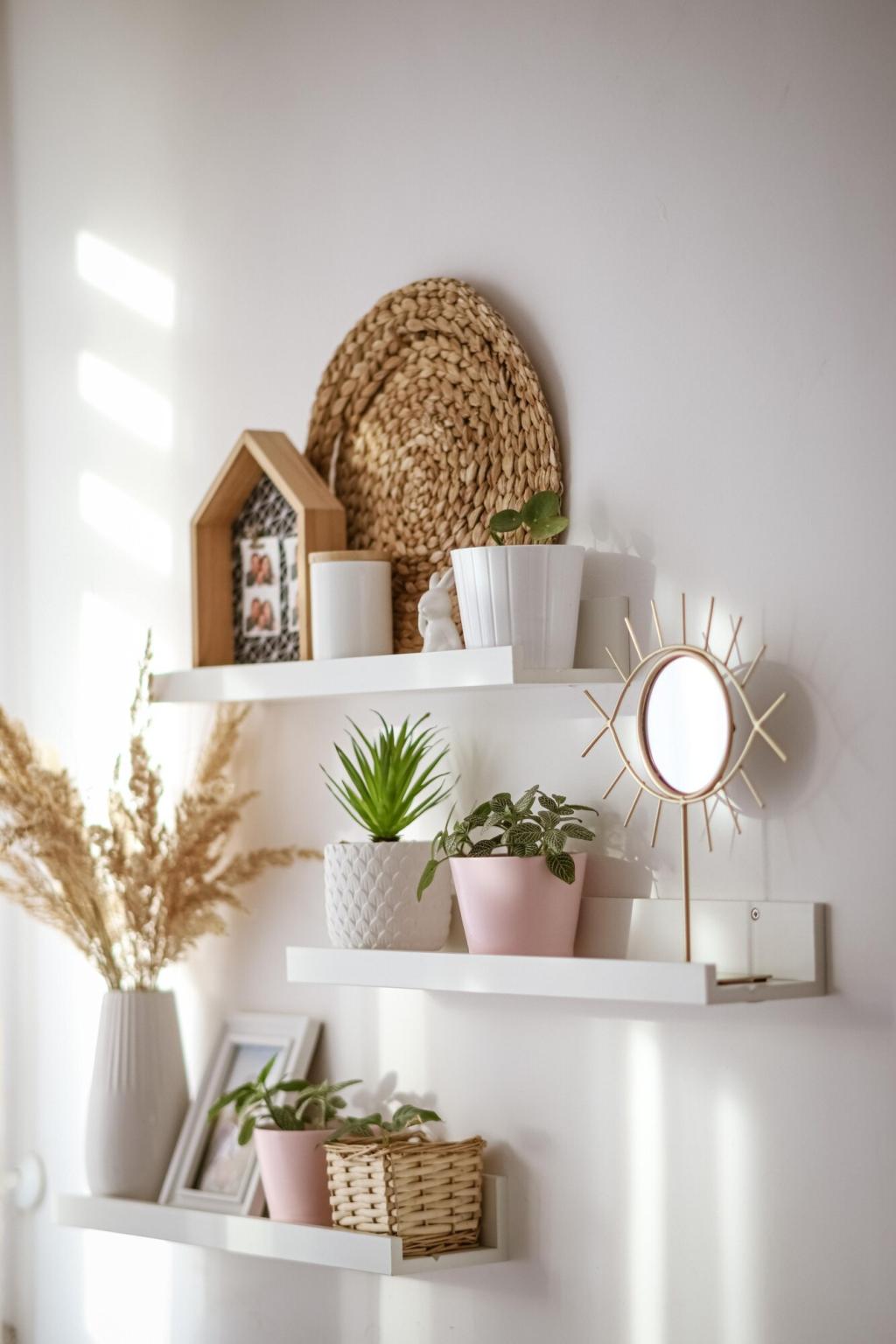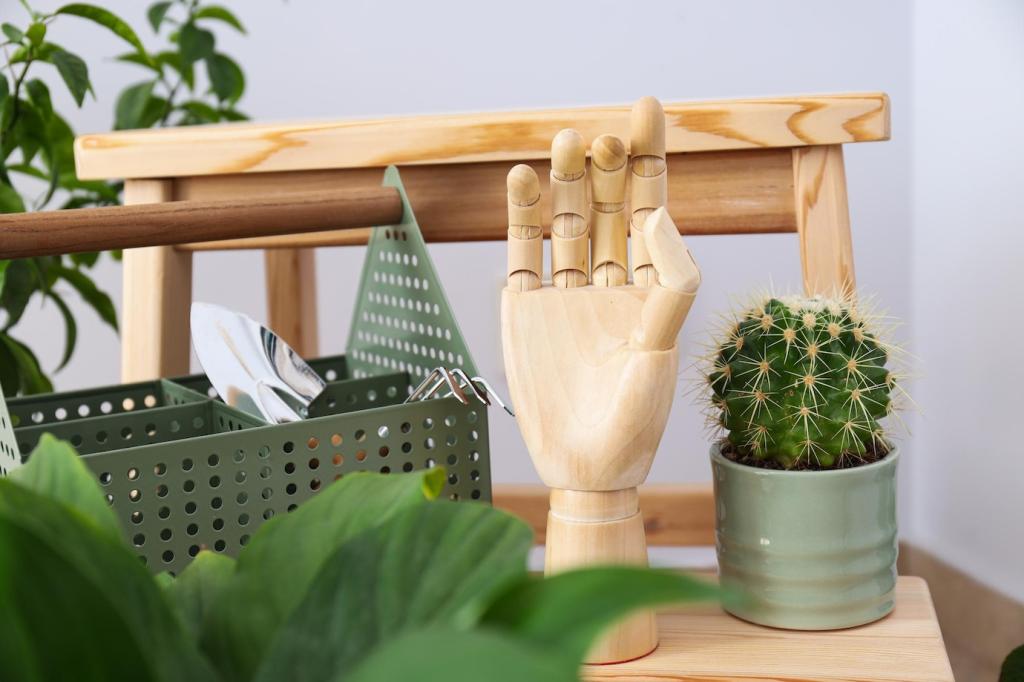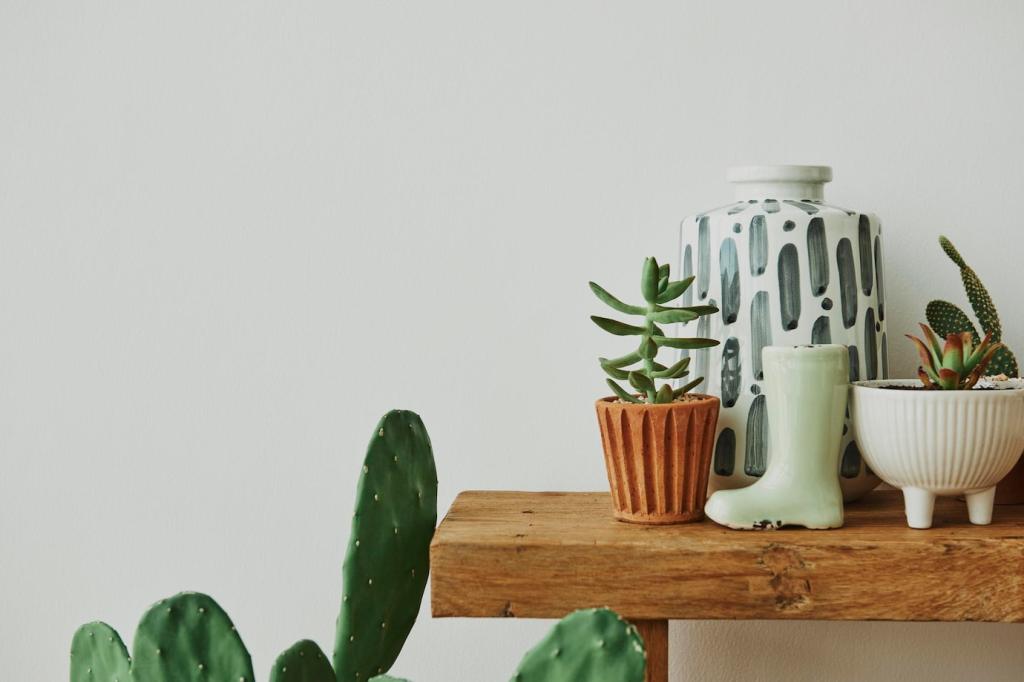Design Applications That Celebrate History
Use random-width planks or slatted battens for texture, back-prime to reduce cupping, and float panels for seasonal movement. Integrate linear lighting into shadow reveals. Share photos of your favorite accent walls—tell us what fasteners or cleats made installation easier.
Design Applications That Celebrate History
We turned a storm-collapsed tobacco barn beam into a dining table, preserving a carved set of initials beneath glass. Breadboard ends and concealed steel kept it flat. That table still sparks conversations. What furniture piece would you give a second life?

